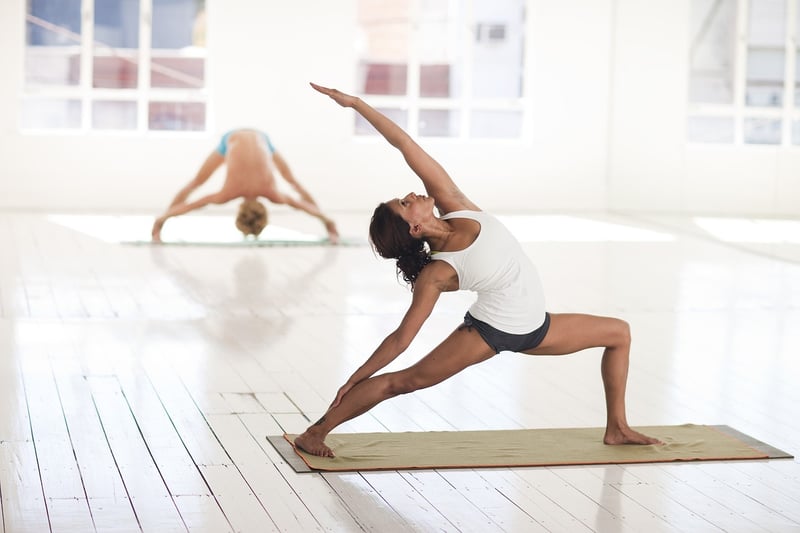Pranayama Practices
Enhance Breathing Patterns with Pranayama Practices
Breathing is a vital function that sustains life, and the way we breathe can significantly impact our overall well-being. By incorporating pranayama practices into your daily routine, you can improve your breathing patterns, reduce stress, and enhance your physical and mental health.
What is Pranayama?
Pranayama is the ancient yogic practice of breath control. It consists of various breathing techniques that help regulate the flow of prana (life force energy) in the body. Through pranayama, you can learn to control your breath, increase your lung capacity, and improve the efficiency of your respiratory system.
Benefits of Pranayama Practices
- Stress reduction and relaxation
- Improved focus and concentration
- Enhanced lung function
- Increased energy levels
- Balanced emotions
- Better sleep quality
Simple Pranayama Techniques to Try
- Deep Belly Breathing (Diaphragmatic Breathing): Place one hand on your chest and the other on your abdomen. Inhale deeply through your nose, expanding your belly as you breathe in. Exhale slowly through your mouth, feeling your belly contract. Repeat for several breaths.
- Alternate Nostril Breathing (Nadi Shodhana): Sit comfortably with your spine straight. Use your right thumb to close your right nostril and inhale through your left nostril. Close your left nostril with your right ring finger, release the right nostril, and exhale through the right nostril. Repeat on the other side.
- Box Breathing: Inhale deeply for a count of 4, hold your breath for a count of 4, exhale for a count of 4, and hold your breath again for a count of 4. Repeat this cycle several times.
Guidelines for Practicing Pranayama
- Find a quiet and comfortable place to practice.
- Start with a few minutes of pranayama and gradually increase the duration as you build your practice.
- Listen to your body and adjust the techniques to suit your comfort level.
- Practice pranayama on an empty stomach for optimal benefits.
- Consult a yoga instructor or healthcare provider if you have any respiratory conditions or concerns.
Integrating pranayama practices into your daily routine can have profound effects on your physical, mental, and emotional well-being. Take the time to explore different techniques and find what works best for you. Remember, the breath is a powerful tool that can help you cultivate a sense of calm and balance in your life.

Start your journey to enhanced breathing patterns and holistic wellness through the transformative practice of pranayama.
